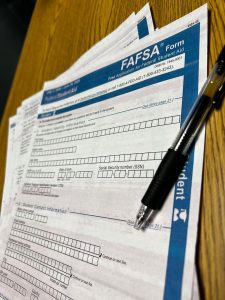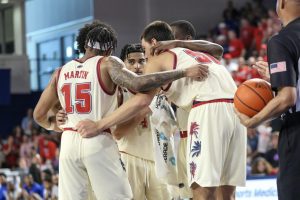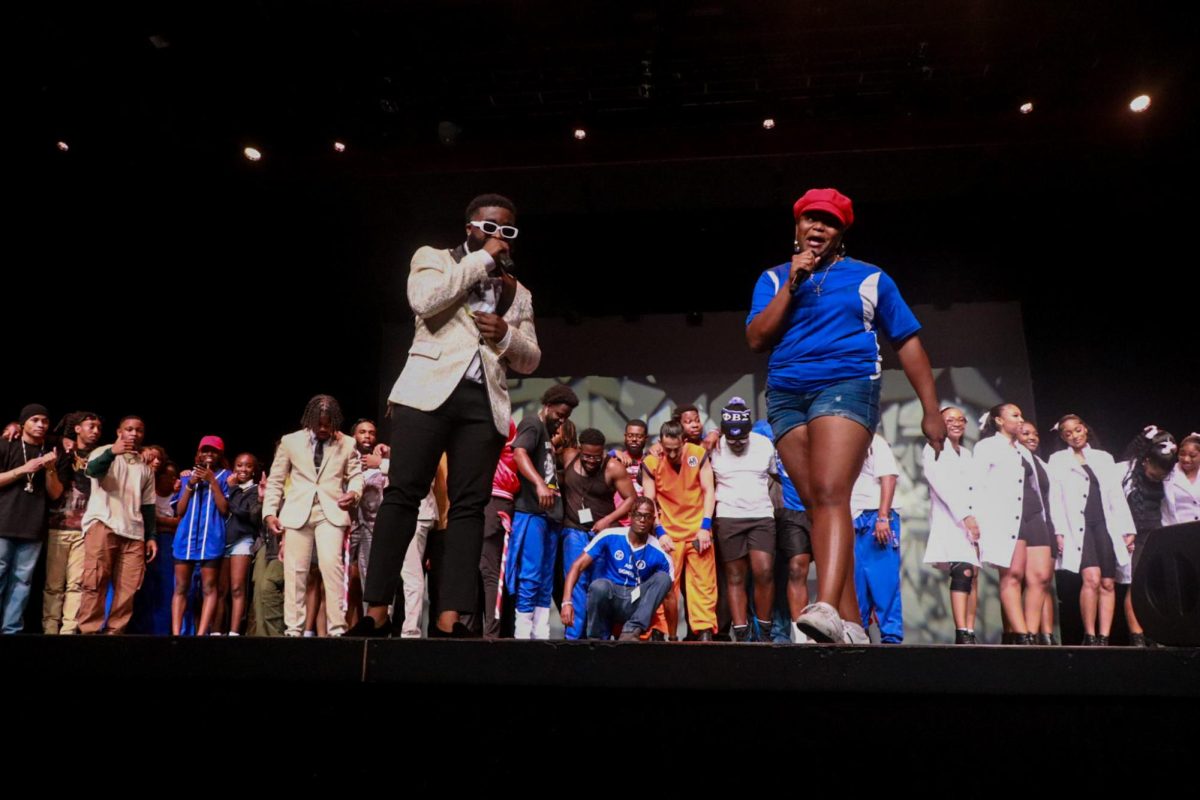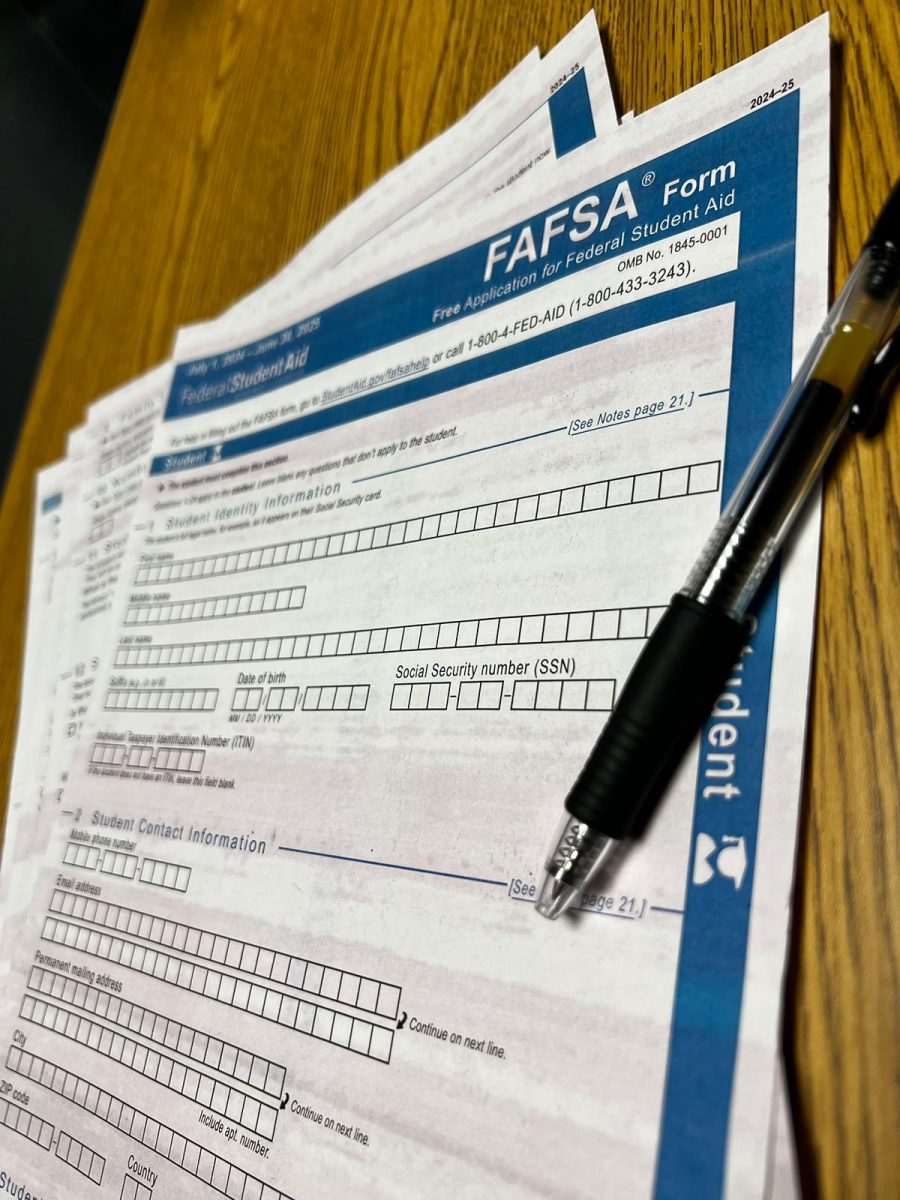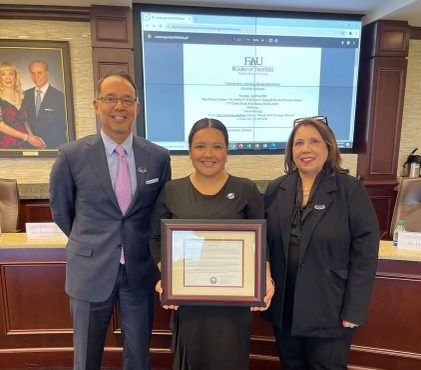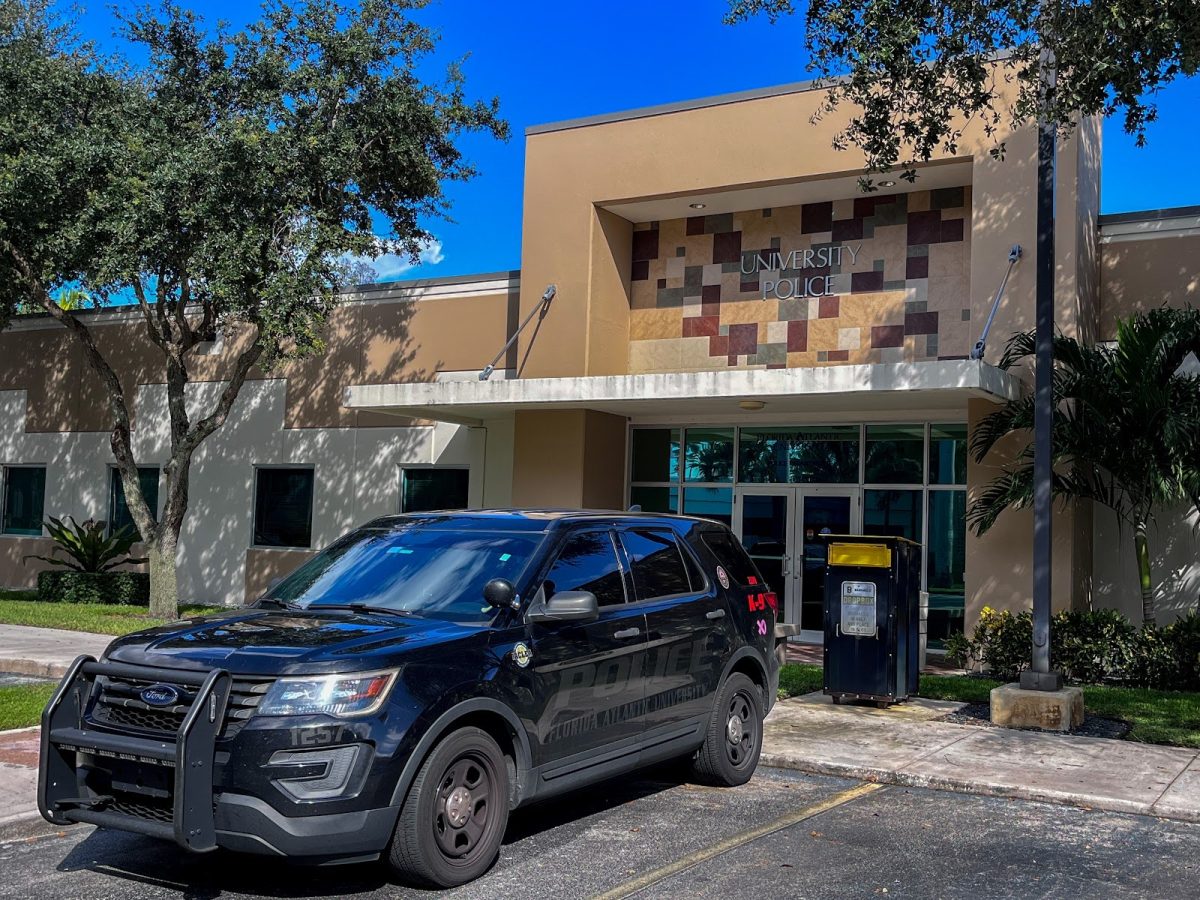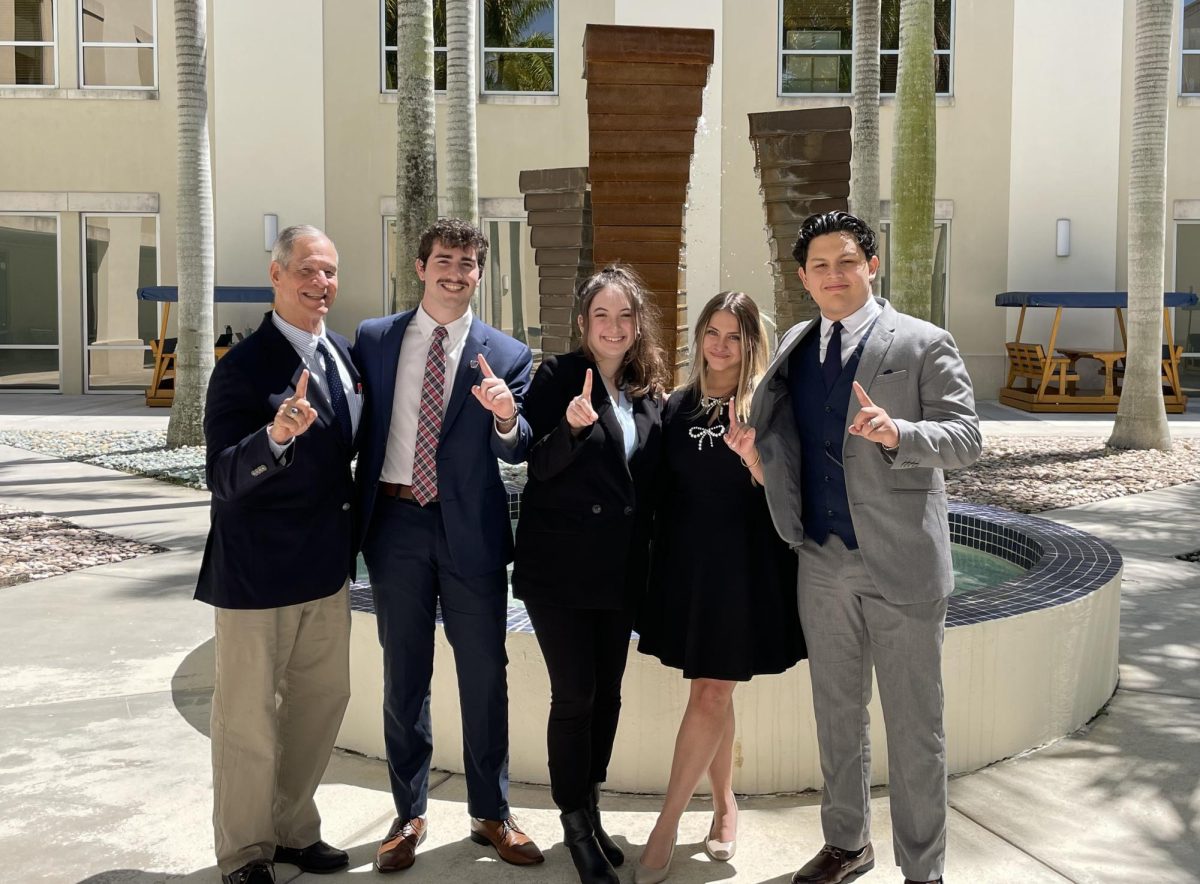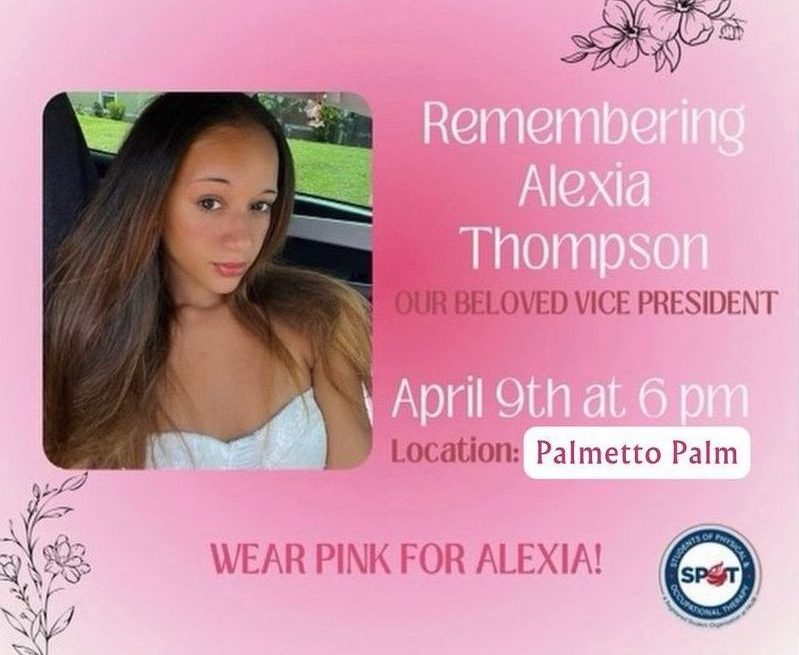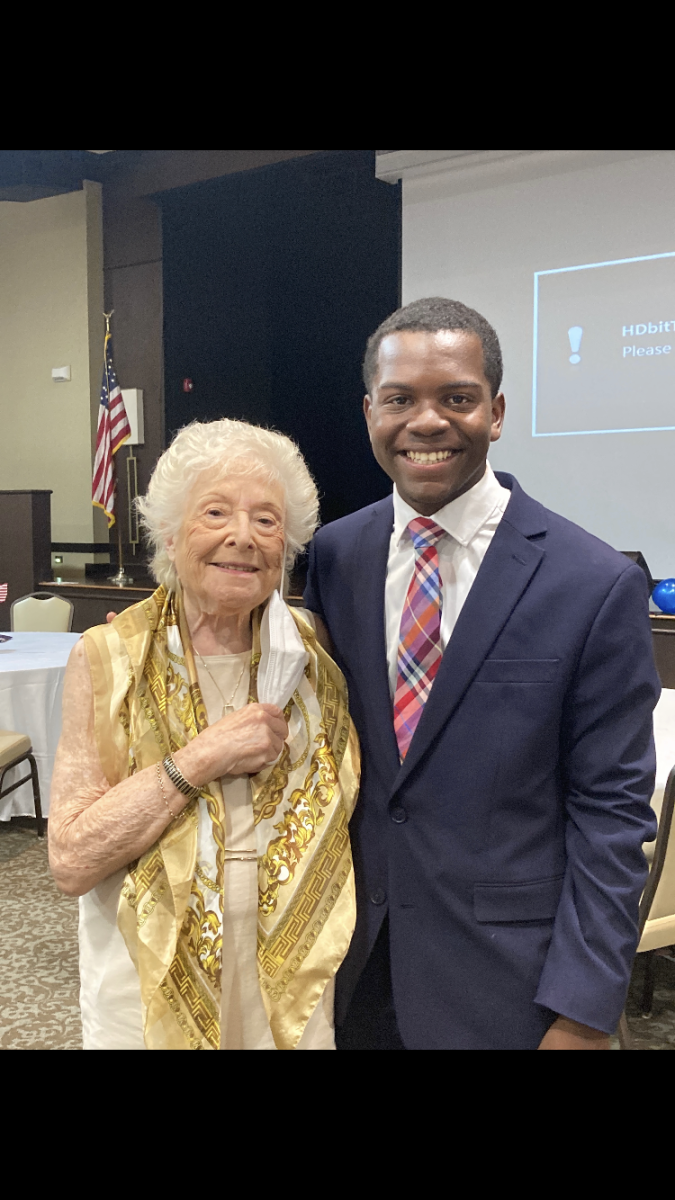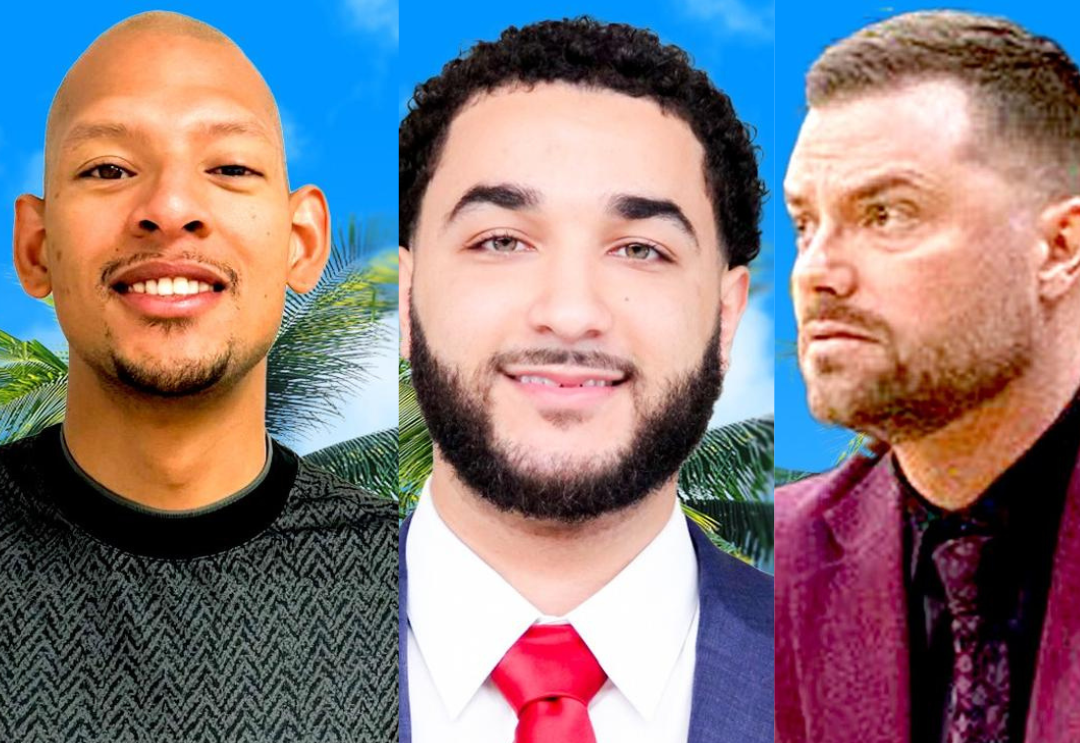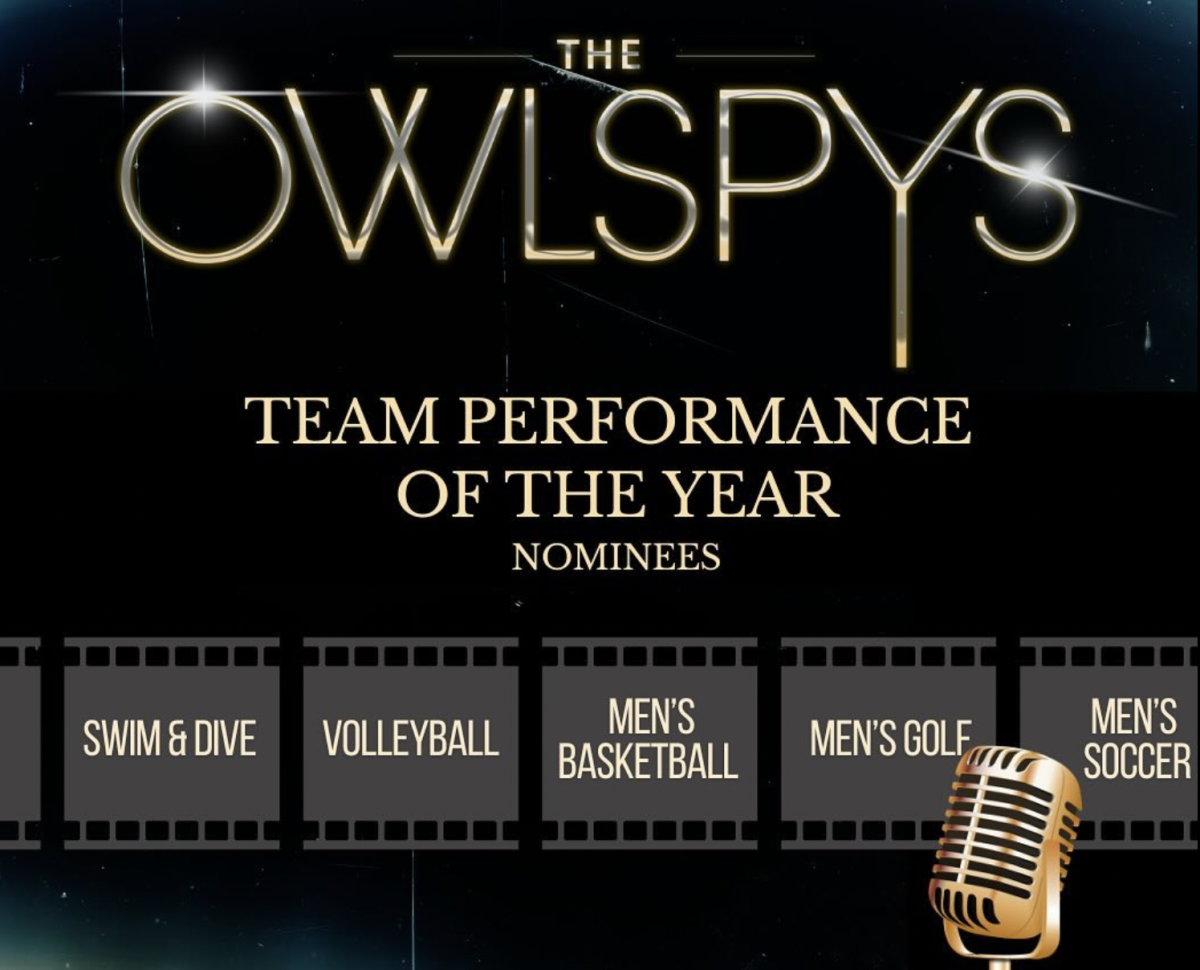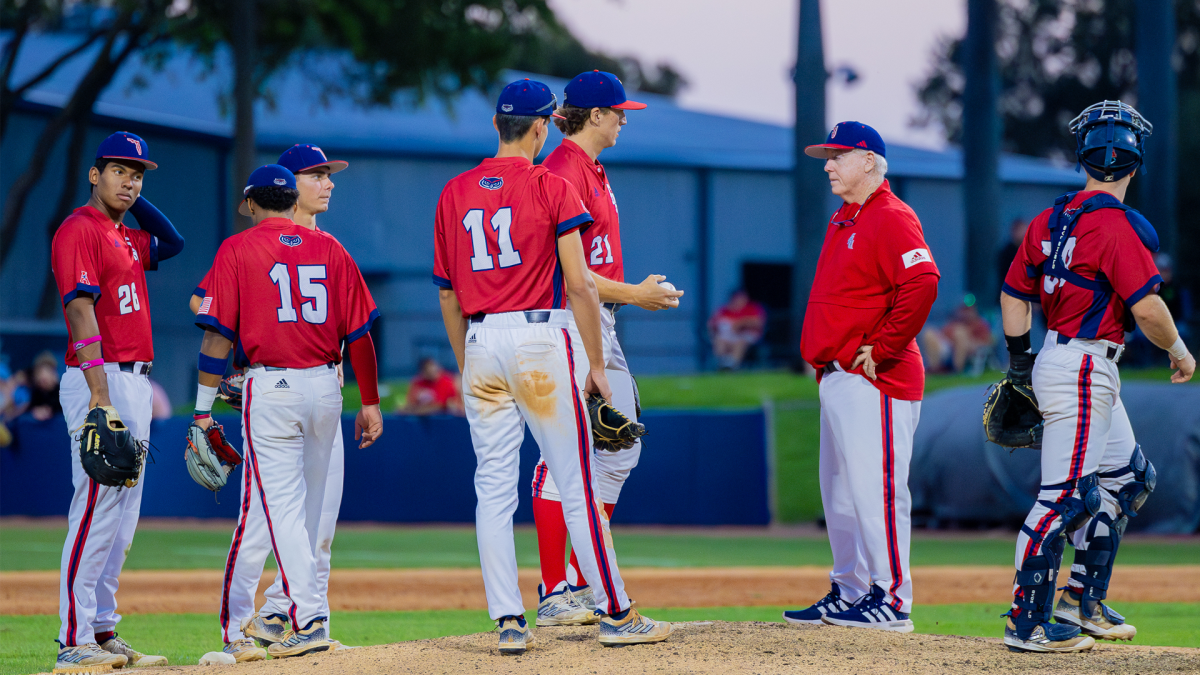
Only five students showed interest in being FAU’s next mascot.
Three survived the application process. Two won’t have to worry about paying for classes, since the students of FAU will foot their bill. The remaining “junior” will only have to worry about paying for half of his classes, as he’ll be working less hours than the two “senior” mascots.
The money’s coming out of student government’s traditions account, according to Heather Bishara, director of student government. The idea of this unofficial account is to take student A&S fees, the dollars students pay for each credit hour, to create traditions at FAU.
A (paid) mascot, argued Bishara and student body president Ayden Maher, makes tradition.
Owl’s Demands
John Saxton didn’t know he would lose seven pounds when he volunteered for the job in Nov. 2010.
He had little time to work out. He had little time for anything.
“I was always exhausted, so I didn’t want to go to the gym,” he said. “I wanted to go to sleep.”
It ended for him in March of this year, the end of the basketball season. And when Heather Bishara, director of student government, asked him to try out at the end of the summer, he decided against it. Saxton wanted to focus on his volunteer work, his 13 credits and being a resident assistant in the dorms.
The new mascots will work as they’re needed, the seniors mostly covering athletic events and the junior sometimes working off campus and student events. Non-FAU entities might have to pay for the owl’s appearances. Cheerleading Coach Heather Henderson said that she and Bishara, the two who are in charge of the mascots, have not discussed new rates.
“The junior mascot idea was to have more opportunity to serve the FAU community and student groups,” Bishara said. “You have multiple opportunities to make it happen.”
On-campus appearances will be free of charge, and the two Heathers are expecting many requests, hence hiring three mascots.
But to be a great mascot, some responsibility is required, according to Bishara.
“You want someone who knows what they’re doing, who’s engaged with the community, who’s consistent,” she said, adding that a mascot has to maintain a 2.5 GPA. “They have to be responsible for being at events. They need to represent the university properly.”
Henderson’s requirements are not as stringent.
“[The mascots] have to be able to do certain things on their own,” she said. “They need to be able to dress themselves.”
She didn’t mean the basics, either. The mascot suit is composed of: a head, lower body, upper body, arms, feet, boots, Camelbak and a mask. There is no air conditioning or fans in it, either, since “fans don’t help. They just blow hot air around,” according to Henderson.
Owl’s Benefits
Out of the three chosen, two get full tuition reimbursements in December, at the end of the football season. They are the senior mascots. The third dancer only gets half the prize (six hours’ worth), and will work part-time. He/she is the junior mascot. Saxton estimated that he worked about three hours an event, three events a week during busy weeks. Based on the two Heathers’ predictions, it is possible the mascot will work about nine hours a week.
John Saxton didn’t get paid when he did it, though, nor were the other, random dancers who volunteered throughout the years. In the past, an off-campus event would sometimes run $150, and sometimes not. If there was a fee, a chunk of it would go to the cheerleaders’ funds and another chunk would go to the mascot.
Henderson has been working with the mascot since 2004.
“FAU is slowly trying to make itself more traditional,” she said about having to pay for mascots, a situation she hopes will change as the university grows in the future. “That’d be great, but for right now, that’s just how it is.”
Saxton didn’t mind. He said he never demanded or wanted any money. He’s “fine with it.”
Henderson said that demand for the mascot will be high this year with the new stadium opening.
“People ask for the mascot day in and day out,” Henderson said. “They don’t understand that it’s a kid sweating and working hard — he should be compensated for that.”
Here’s an estimated breakdown of the Owlsley compensation:
Two Senior Owlsleys
get $2,208.70 in reimbursement.
They each work 9 hours a week for 13 weeks.
That’s $18.88/hour (rounded up to the nearest penny)
One Junior Owlsley
gets a $1,142.80 reimbursement.
He works 4.7 hours a week for 13 weeks.
That’s $18.88/hour (rounded up to the nearest penny)
Owl’s Pride
Student Body President Ayden Maher leaned in and smiled after being asked the names of the new mascots.
“The whole point is to keep it confidential,” he said.
Heather Henderson said she takes “a lot of pride in the secrecy of it. It’s very traditional for the mascot to be a secret.”
Heather Bishara said the power of the mascots lies in their anonymity.
“The mascot should encourage spirit, should encourage tradition. These people won’t be known, but they’ll make events memorable,” she said. “They’re going to build tradition. That’s what gets me excited. That’s what makes me pretty optimistic about the program.”
FAU is creating tradition with the new stadium and a record number of incoming freshmen. So the UP contacted the University of Florida, one of the state’s older and more traditional universities, to get a take on the matter of mascot secrecy.
One of their spirit coordinators explained that UF has six mascots currently: three
Alberts and three Albertas, the mascot duo. In the past, he said, there were five and five — a goal he hopes to meet again soon.
And, indeed, the identity of the mascots is kept secret, a mystery that the coordinator likened to Santa Claus. But there was one difference between the two schools’ representative dancers.
UF doesn’t pay its mascots.
Maher argued that before setting up for payment, no one wanted to be the mascot, “no one took pride in it.” He added that no one knew the mascot’s name, mistaking it for Mr. Owl and other misnomers.
“We had no pride,” he continued. “We had no pride in a lot of things.”
Like Henderson, Maher also hopes to see the mascot be a volunteer chalk-full of school spirit one day.
“I would hope a lot of the positions in the university would be volunteer,” he said. Asked about volunteering himself, he said, “I could not do this position without being paid. Being a mascot is a once-in-a-lifetime opportunity — I think that’s pretty cool.”
John Saxton seems to already agree with that sentiment, having never received payment for his own work.
“You feel like you are the spirit of this school,” he said. “You’re at the steering wheel, deciding where that spirit goes.”
To book Owlsley for your own event, email Heather Bishara at [email protected]. Let her know the time, date, place and name of the event in which you’d like the angry owl to appear.
[Chris Persaud assisted in reporting this article]



